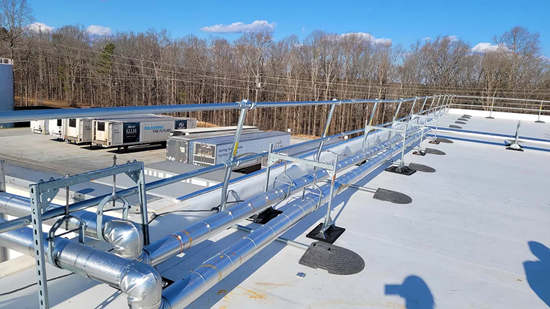 Wednesday, May 8, 2024
Wednesday, May 8, 2024  Wednesday, May 8, 2024
Wednesday, May 8, 2024 
“To everything, there is a season,” and every season differs from the others. Spring brings blossoms, summer brings heat, autumn brings falling leaves, and winter brings rooftop hazards that workers do not face at other times of the year.
Snow and ice make roofs slippery and increase the risk of accidents and injuries. Snow can also hide pipes, ducts, conduits, and other trip hazards from the unsuspecting worker. Although it can be blustery any time of the year, high winds can make a slippery rooftop even more dangerous.
The response, however, is not to hibernate. Essential maintenance still needs to be performed. Employers and building owners can take steps to provide proper fall protection and reduce the chances of their workers experiencing an injury.
Begin with a “risk assessment” – identify the potential hazards:
Keep reading this article on KeeSafety.ca